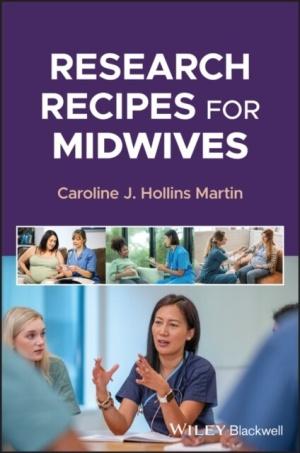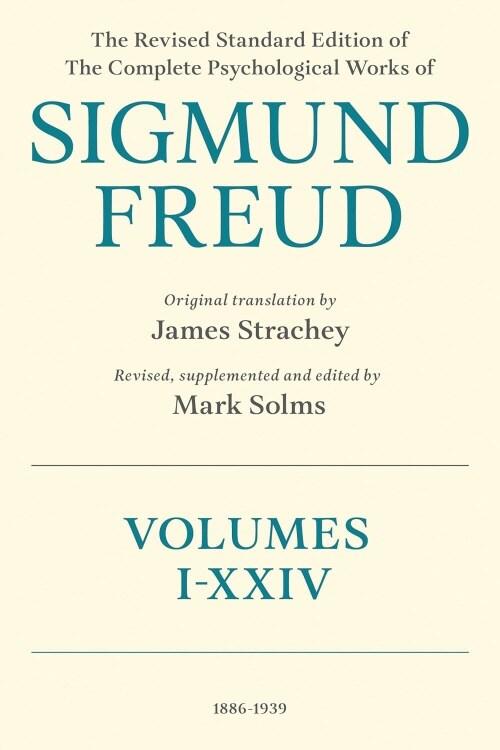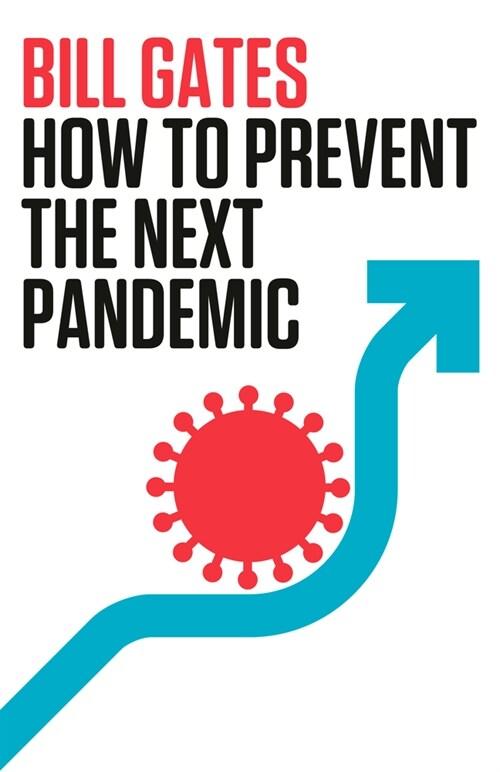책 이미지

책 정보
· 분류 : 외국도서 > 의학 > 간호학 > 소아학
· ISBN : 9781394180080
· 쪽수 : 256쪽
목차
About the author
Memorandum from the author
Dedication
brief table of contents
Foreword??????????????????????????????????????????????????????????????????????????????????????????????????????????????????????????? ??????????????
??????????????????????????????????????????????????????????????????????????????????????????????? ?????????
Chapter One: Introduction to research methods
1.1 What is Research?
1.2. Glossary of research terms??????????????????????????????????????????????????????????????
1.3. Ontology??????????????????????????????????????????????????????????????????????????????????????????
1.4. Epistemology
1.5. Generic stages of the research process
1.6. Triangulation
1.7. Introduction to research methods chapter summary
1.8. Self-Assessment Questions (SAQ)
?
Chapter Two: Inductive versus deductive approaches?????????????????????????????????????????????????????
2.1 Introduction to inductive versus deductive approaches
2.2 More about the (Quantitative) deductive approach
2.3 More about the (Qualitative) inductive approach
2.4 The qualitative versus quantitative debate
2.5 The difference(s) between qualitative and quantitative data
2.6 Qualitative and quantitative assumptions
2.7 Self-Assessment Questions (SAQ)
?
3. Chapter Three: Literature searching and how to critique a research paper
3.1. Define the term literature review.
3.2. Outline the purpose of research.
3.3. What is a literature review?
3.4. What is the purpose of a literature review?
3.5. What should a literature review consist of?
3.6. Steps involved in writing a literature review.
3.7. Outline the four stages of developing a literature review.
3.8. What is a research critique?
3.9. Stages involved in critical reading of research articles
3.10. Research critiquing model
3.11. Systematic reviews
3.12. The Hollins Martin Research Critiquing Tool
3.13. Meta-analysis
3.14. Self-assessment questions
?
Chapter Four: Stating the objectives, aim(s), research question(s), sub-question(s), hypotheses & null hypotheses, of the proposed research study.
4.1. What is an objective?
4.2. What is an aim?
4.3. What is a research question?
4.4. What is a hypothesis?
4.5. What is a null hypothesis?
4.6. Relationship between the null hypothesis and the thesis statement
4.7. The methods section of the research proposal will follow.
4.8. Self-assessment questions (SAQ)
?
Chapter Five: Choosing and appropriate research method (recipe) to answer the question.
5.1. Selecting an appropriate research method (recipe) to answer your research question.
5.2. Choosing a quantitative method
5.3. Choosing a qualitative method
5.4. Selecting which research method (recipe) to use
5.5. Descriptive research method
5.6. Experimental research method
?????? 5.6a. Randomised Controlled Trials (RCT)
?????? 5.6b. Quasi-experimental research method
5.7. Survey research method
?????? 5.7a. Quantitative survey research method
?????? 5.7b. Qualitative survey research method
5.8. Action research method
?????? 5.9a. Standard based audit method
?????? 5.9b. Critical incident audit method
5.9. Clinical audit research method
5.10. Grounded theory research method
5.11. Phenomenology method
5.12. Ethnography research method
5.13. Case study research method.
5.14. Triangulation
5.15. A summary of how papers are written.
5.16: Self-assessment questions
?
6. Chapter Six: Accessing populations of participants and sampling them
6.1. Identifying the appropriate participants to answer your research question(s)
6.2. What is a population?
6.3. What is a sample?
6.4. Stages of the sampling process
(Stage 1) Define the population of interest.
(Stage 2) Specify a set of participants (or items) that are possible to investigate
(Stage 3) Specify a sampling method for selecting items or participants from the population.
(Stage 4) Determine the sample size.
(Stage 5) Write the sampling plan.
(Stage 6) Practical sampling and data collection guidance
6.5. Summary of the sampling process
6.6. Self-assessment questions
?
7. Chapter Seven: Data collection methods
7.1. Differences between primary and secondary data
7.2. Data collection methods and tools
7.3. Guidelines for data collection processes
7.4. Questionnaires
7.5. Measurement
7.6. Interviews
7.7. Observations
7.8. Summary of data collection chapter
7.9. Self-assessment questions
?
Chapter Eight: Analysing qualitative data.
8.1. Introduction to qualitative data analysis
8.2. Basic processes of qualitative data analysis
8.3. Coding the data
8.4. Specific analytic strategies???
?????? Interpretative Phenomenological Analysis (IPA)
?????? Grounded theory constant comparative analysis
?????? Ethnographic analysis???????????????????????????????????
?????? Narrative and discourse analysis?????????????????????????????????????????????????????????????
8.5. Cognitive processes involved in qualitative data analysis.
8.6. Summary of analysing qualitative data chapter
8.7. Self-assessment questions
?
Chapter Nine: Analysing quantitative data.
9.1. Introduction to quantitative data analysis
9.2. What the term statistics means?
9.3. What are descriptive statistics?
9.4. Distribution of data
9.5. What are inferential statistics?
9.6. Types of quantitative data produced:
??????? Nominal data
???? ???Ordinal data
??????? Interval data
??????? Ratio data??????
9.7. Calculating probability
9.8. Research variables
9.9. Hypothesis testing
9.10. How to select the appropriate statistical test
9.11. Summary of analyzing quantitative data
9.12. Self-assessment questions
?
Chapter Ten: The role and procedures involved in gaining ethical approval.
10.1. Ethical issues that relate to implementation of research
10.2. Ethical terms
10.3. Preventing harm
10.4. What is ethical approval?
10.5. Why is ethical approval necessary?
10.6. Monitoring of research projects
10.7. Obtaining ethics committee approval
10.8. General questions asked for on an ethics application?
10.9. Self-assessment questions
?
11. Chapter Eleven: An empty template for designing a 16-step research proposal.
11.1. Recap on how to write a research proposal
11.2: An empty 16-STEP research template.
11.3. Book conclusion





















